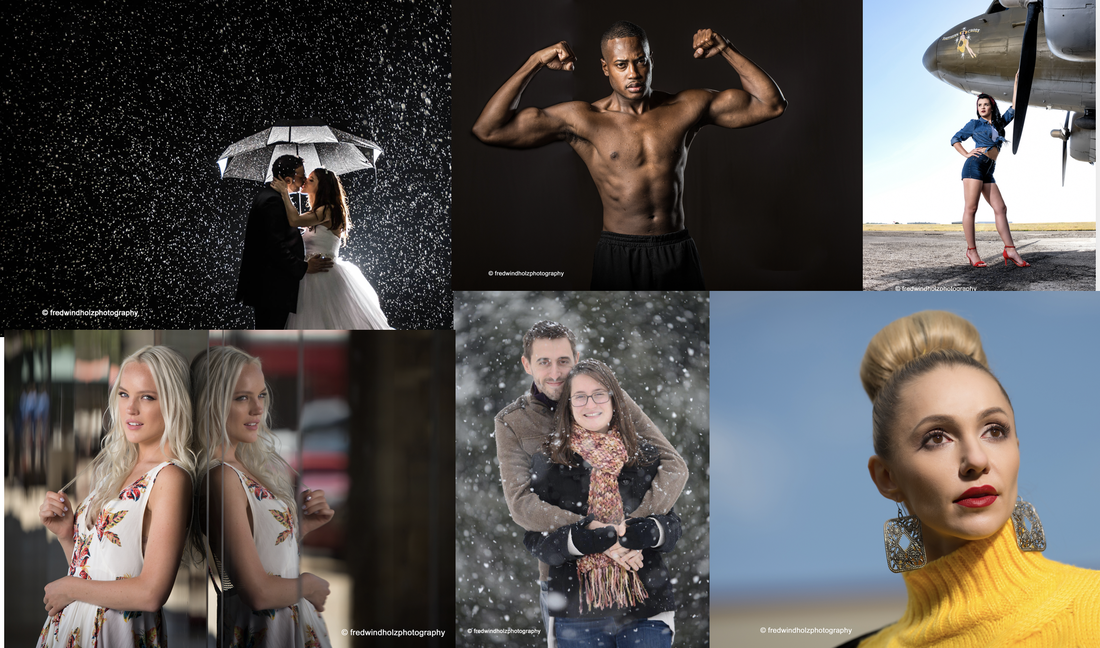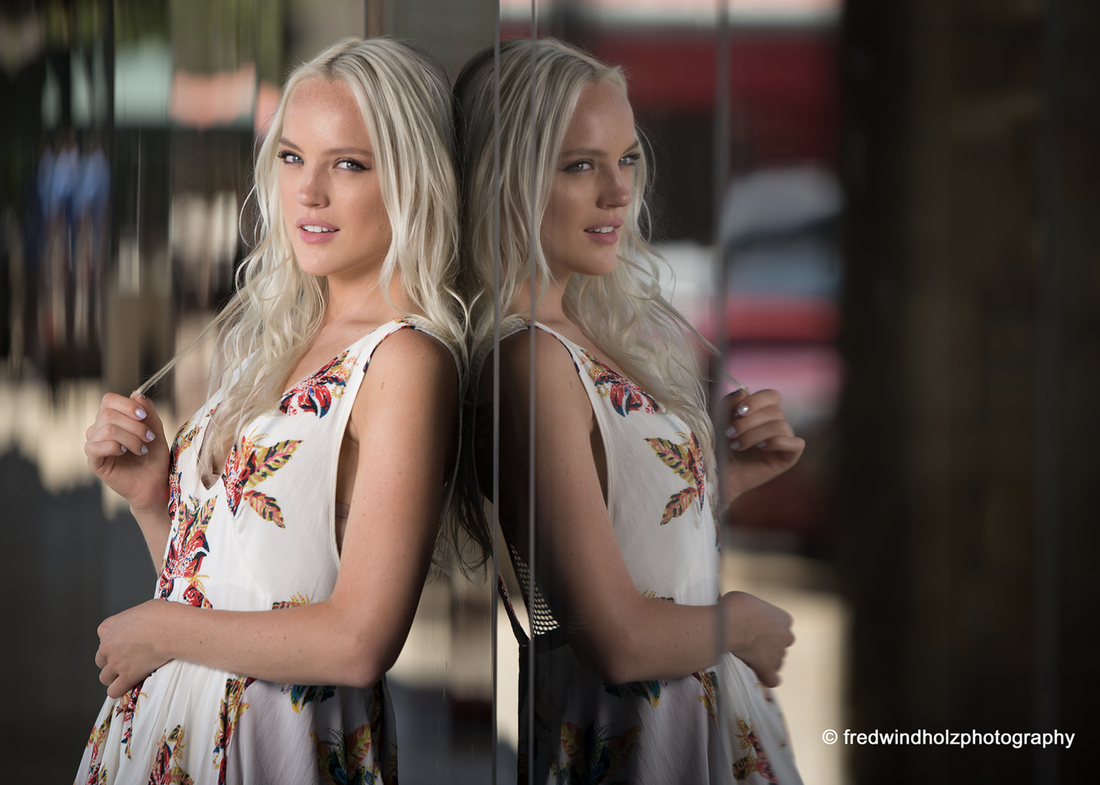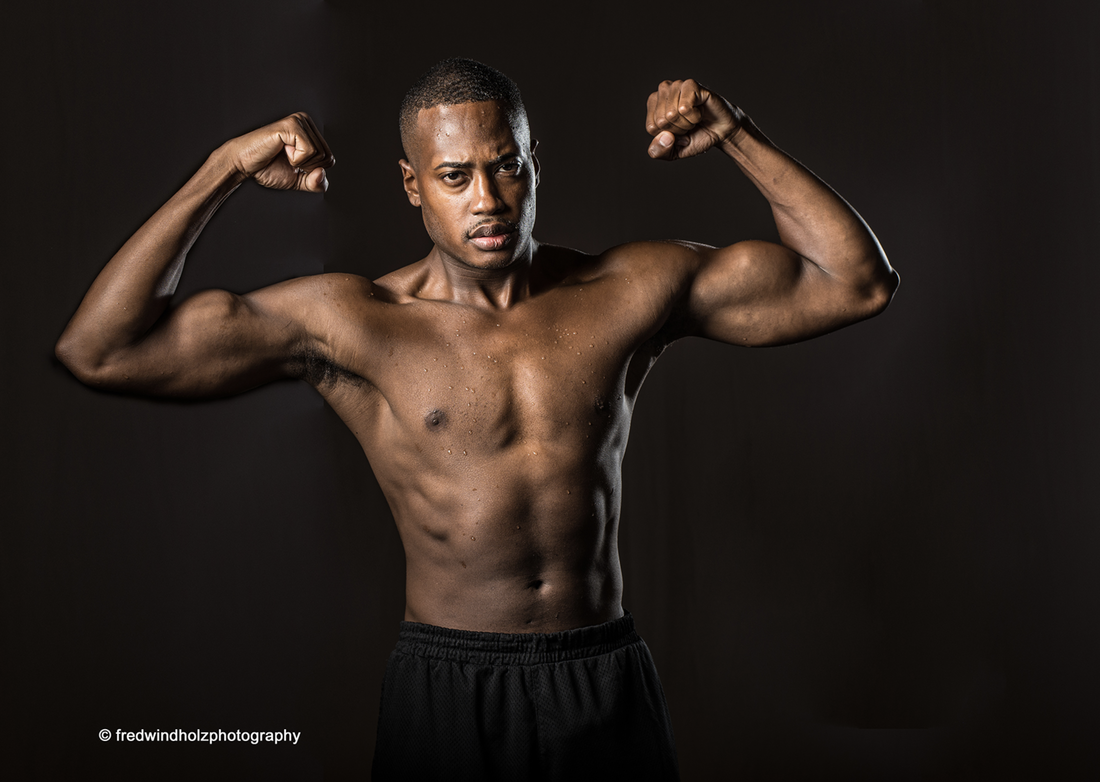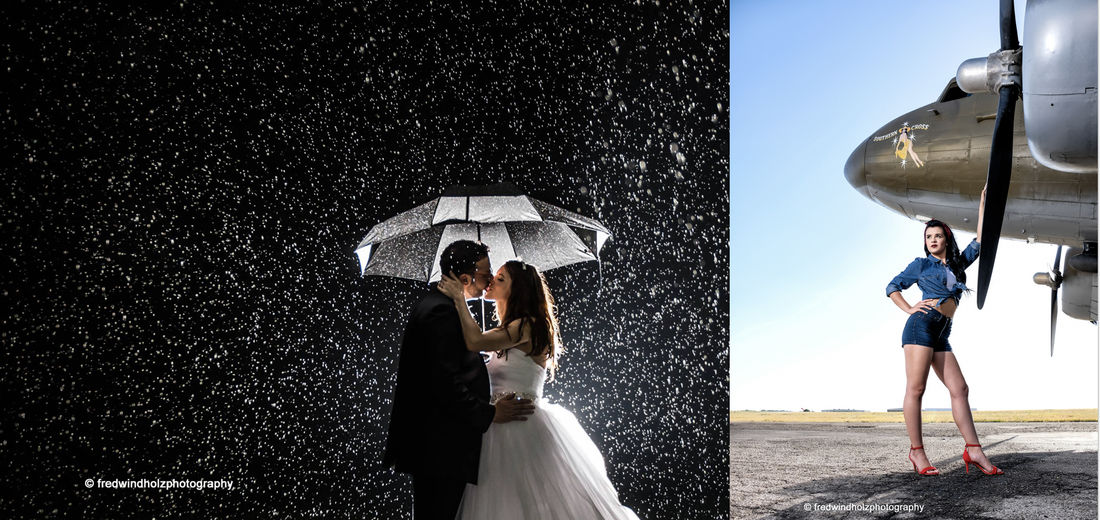|
Intro by Skip Cohen While the Internet has made the world a significantly smaller place, one of the most fun aspects is when you catch up to a cyber-buddy in real time - live! There's still no better way to build relationships than face to face. That's one more great reason to attend every convention you can squeeze into your schedule and expand the "social" in social media. Last week at PhotoPlus Expo in NYC I caught up to Fred Windholz. While we may have met sometime over the years, I really know him from social media, especially Facebook. With everything I post, Fred is always one of the first to check it out. So, when bumping into each other at the show, I knew exactly who he was. Fred's got a great background in lighting and in an IM conversation I asked him if he wanted to share some of that expertise. I suggested three of the best tips he's ever received, and here he is this morning! I know for some of you this post might seem a little basic, but so often, especially when you're busy, a quick refresher of a few basics might be just what you need for a quick charge. Your clients trust you to capture the very best images. Learning to see the light and understand how it impacts each photograph may well be the most critical skill in building a strong brand. Fred should be on your radar - click on any image to link to his Facebook page, and keep track of what he's up to. Stay tuned because I'm hoping I can talk Fred into sharing more! by Fred Windholz Like so many things in life right now there seems to be an either/or way of thinking. In the photography business we tend to think of one brand over another or one style of photography over another. One area I see that in is with lighting… “Natural light vs. Flash”. As a past wedding photographer (recently slowed that genre down) for me light was light…which means I would use whatever light was best for any given situation…whether daylight, window light, light bulbs, LED or flash. The key was learning how to see light and take advantage of that light, regardless of the source. When I teach a lighting class I start with four principles to think about - Direction, Distance, Size and Power. These hold true whether using daylight or flash. Direction: We’ve all been told that direct front lighting is the least flattering light…not that it can’t be used at times, but that it will render “flat” light. By giving some direction to the light it begins to add shape and dimension to your subject. But what’s the best direction you might ask? I’m not going to get into that for this article because that could be a class all by itself…any direction is better than no direction (generally). Size & Distance: I put these together because they usually go hand in hand. Here’s the key, size and distance relative to your subject, will render a softer or harsher light. That is why on a cloudy day the shadows are softer as the clouds act as a large light source and bringing the light source closer to your subject. The direct sun is large relative to the earth but it is small relative to your subject. Power: So what does power do? Well, first it can affect your exposure for one (ie. f stop, ISO and/or shutter), which can affect your overall look. But let’s think of the sun…it is very powerful. Direct sun (small light source, far away) creates strong shadows. Bring in the clouds as we discussed earlier and because of the powerof the sun it can penetrate through those clouds to give a nice soft light. This becomes more relative when using flash or studio lights. A small hot shoe flash will render less power than a strong studio light. So if I want to use a large soft box I would want a light with more power to maximize and fill the soft box to have enough power to reach my subject. If I were using a flash outdoors to compete with the sun I would want one with more power. On the other side if I just needed a little light a less powerful flash would suffice. So whatever the light source you use, if you begin to think about these four factors it will help you see light differently and just may begin to improve your images. For me this is something I learned along the way and has stuck with me ever since.
Experiment, play around and find what works best for you!
1 Comment
Dave Long
10/30/2018 03:29:10 pm
Very good article!!
Reply
Your comment will be posted after it is approved.
Leave a Reply. |
Our Partners"Why?"Check out "Why?" one of the most popular features on the SCU Blog. It's a very simple concept - one image, one artist and one short sound bite. Each artist shares what makes the image one of their most favorite. We're over 100 artists featured since the project started. Click on the link above and you can scroll through all of the episodes to date.
Categories
All
|
© 2019 Skip Cohen University






 RSS Feed
RSS Feed












